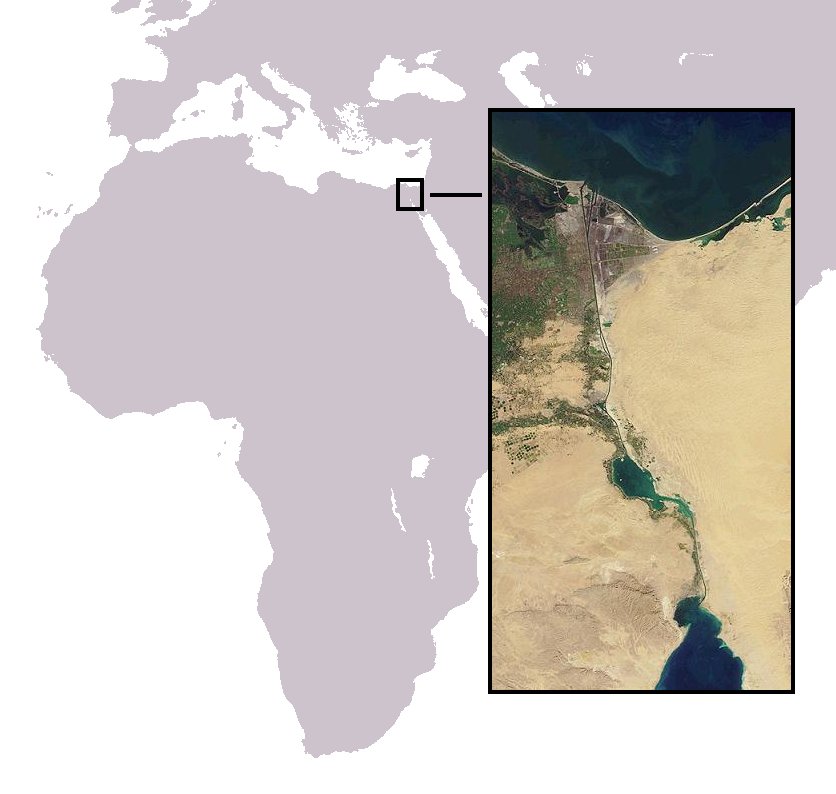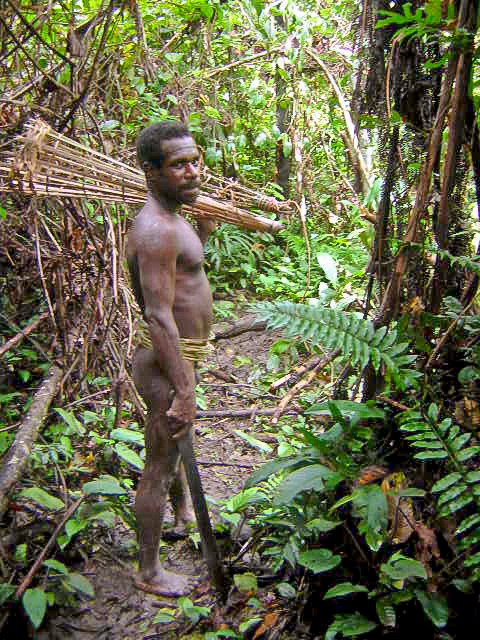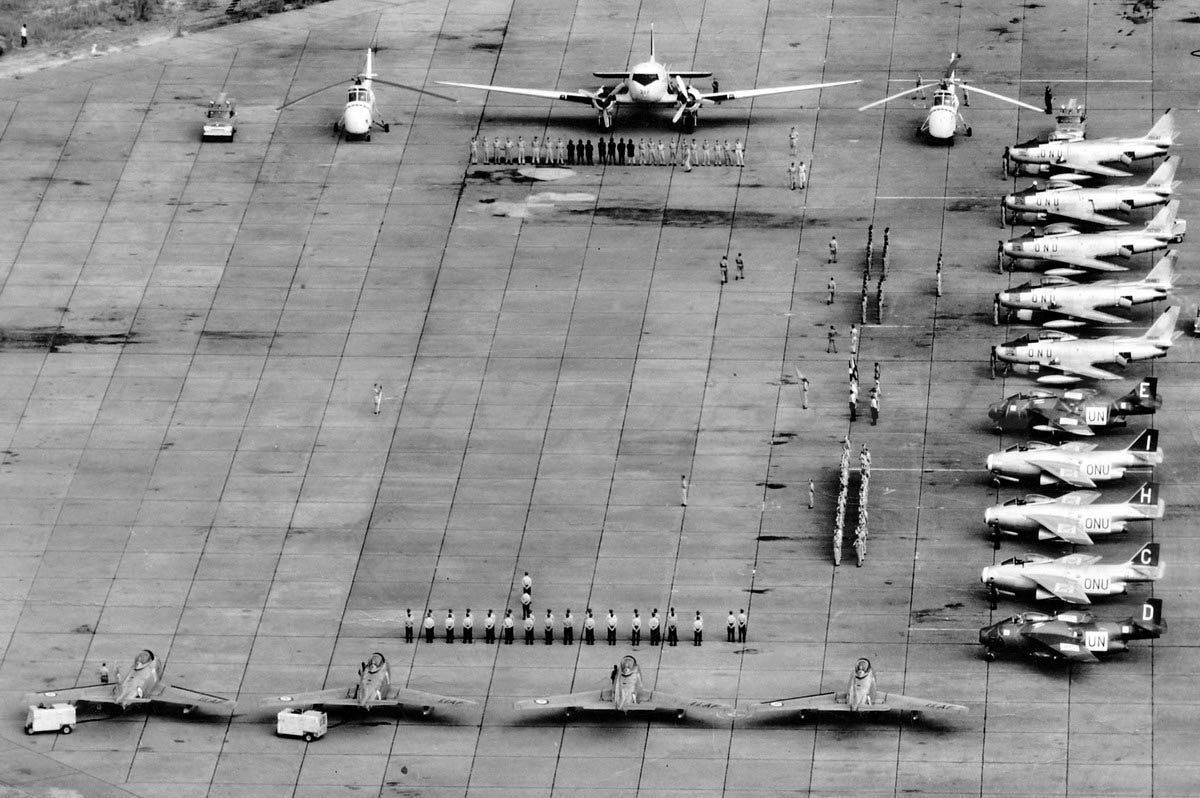|
Timeline Of UN Peacekeeping Missions
The United Nations has authorized 71 peacekeeping operations as of April 2018. These do not include interventions authorized by the UN like the Korean War and the Gulf War. The 1990s saw the most UN peacekeeping operations to date. Peacekeeping operations are overseen by the Department of Peacekeeping Operations (DPKO) and share some common characteristics, namely the inclusion of a military or police component, often with an authorization for use of force under Chapter VII of the Charter of the United Nations. Peacekeeping operations are distinct from special political missions (SPMs), which are overseen by the Department of Political Affairs (DPA). SPMs are not included in the table below. 1940s 1950s 1960s 1970s 1980s 1990s 2000s 2010s See also *League of Nations The League of Nations (LN or LoN; , SdN) was the first worldwide intergovernmental organisation whose principal mission was to maintain world peace. It was founded on 10 January 1920 by the ... [...More Info...] [...Related Items...] OR: [Wikipedia] [Google] [Baidu] |
Suez Crisis
The Suez Crisis, also known as the Second Arab–Israeli War, the Tripartite Aggression in the Arab world and the Sinai War in Israel, was a British–French–Israeli invasion of Egypt in 1956. Israel invaded on 29 October, having done so with the primary objective of re-opening the Straits of Tiran and the Gulf of Aqaba as the recent tightening of the eight-year-long Egyptian blockade further prevented Israeli passage. After issuing a joint ultimatum for a ceasefire, the United Kingdom and France joined the Israelis on 5 November, seeking to depose Egyptian president Gamal Abdel Nasser and regain control of the Suez Canal, which Nasser had earlier nationalised by transferring administrative control from the foreign-owned Suez Canal Company to Egypt's new government-owned Suez Canal Authority. Shortly after the invasion began, the three countries came under heavy political pressure from both the United States and the Soviet Union, as well as from the United Nations, even ... [...More Info...] [...Related Items...] OR: [Wikipedia] [Google] [Baidu] |
Saudi Arabia
Saudi Arabia, officially the Kingdom of Saudi Arabia (KSA), is a country in West Asia. Located in the centre of the Middle East, it covers the bulk of the Arabian Peninsula and has a land area of about , making it the List of Asian countries by area, fifth-largest country in Asia, the largest in the Middle East, and the List of countries and dependencies by area, 12th-largest in the world. It is bordered by the Red Sea to the west; Jordan, Iraq, and Kuwait to the north; the Persian Gulf, Bahrain, Qatar and the United Arab Emirates to the east; Oman to the southeast; and Yemen to Saudi Arabia–Yemen border, the south. The Gulf of Aqaba in the northwest separates Saudi Arabia from Egypt and Israel. Saudi Arabia is the only country with a coastline along both the Red Sea and the Persian Gulf, and most of Geography of Saudi Arabia, its terrain consists of Arabian Desert, arid desert, lowland, steppe, and List of mountains in Saudi Arabia, mountains. The capital and List of cities ... [...More Info...] [...Related Items...] OR: [Wikipedia] [Google] [Baidu] |
UNYOM
The UN Yemen Observation Mission (UNYOM) was established in 1963. North Yemen entered into a state of civil war in 1962. Yemen had joined Egypt in 1958, and then in 1962, separated again, sparking the conflict. To ensure that this conflict did not escalate into an international incident, the UN set up the UN Yemen Observation Mission. Around 1963, Saudi Arabia and Egypt joined in the civil war. The task of UNYOM was to monitor Saudi Arabia and Egypt in order to make sure they did not tilt the conflict one way or another and avoided causing a potentially harmful dispute through that part of the Middle East. Commanders UNYOM's commanders: *Major General Carl von Horn (Sweden) – July–August 1963 *Colonel Branko Pavlovic (Yugoslavia) (acting) – August–September 1963 *Lieutenant General P.S. Gyani (India) – September–November 1963 Chiefs of Staff UNYOM's Chiefs of Staff: *Colonel Branko Pavlovic (Yugoslavia) – November 1963 *Colonel S.C. Sabharwal (India) – November ... [...More Info...] [...Related Items...] OR: [Wikipedia] [Google] [Baidu] |
Indonesia
Indonesia, officially the Republic of Indonesia, is a country in Southeast Asia and Oceania, between the Indian Ocean, Indian and Pacific Ocean, Pacific oceans. Comprising over List of islands of Indonesia, 17,000 islands, including Sumatra, Java, Sulawesi, and parts of Borneo and New Guinea, Indonesia is the world's largest archipelagic state and the List of countries and dependencies by area, 14th-largest country by area, at . With over 280 million people, Indonesia is the world's List of countries and dependencies by population, fourth-most-populous country and the most populous Islam by country, Muslim-majority country. Java, the world's List of islands by population, most populous island, is home to more than half of the country's population. Indonesia operates as a Presidential system, presidential republic with an elected People's Consultative Assembly, legislature and consists of Provinces of Indonesia, 38 provinces, nine of which have Autonomous administrative divisi ... [...More Info...] [...Related Items...] OR: [Wikipedia] [Google] [Baidu] |
Netherlands New Guinea
Dutch New Guinea or Netherlands New Guinea (, ) was the Western New Guinea, western half of the island of New Guinea that was a part of the Dutch East Indies until 1949, later an overseas administrative territorial entity, overseas territory of the Kingdom of the Netherlands from 1949 to 1962. It contained what are now Indonesia's six easternmost provinces, Central Papua, Highland Papua, Papua (province), Papua, South Papua, Southwest Papua, and West Papua (province), West Papua, which were administered as a single province prior to 2003 under the name ''Irian Jaya'', and now comprise the Western New Guinea, Papua region of the country. During the Indonesian National Revolution, Indonesian Revolution, the Dutch launched to capture territory from the Indonesian Republic. However, the harsh methods of the Dutch had drawn international disapproval. With international opinion shifting towards support of the Indonesian Republic, the Dutch managed in 1949 to negotiate for the separati ... [...More Info...] [...Related Items...] OR: [Wikipedia] [Google] [Baidu] |
Western New Guinea
Western New Guinea, also known as Papua, Indonesian New Guinea, and Indonesian Papua, is the western half of the island of New Guinea, formerly Dutch and granted to Indonesia in 1962. Given the island is alternatively named Papua, the region is also called West Papua (). It is one of the seven geographical units of Indonesia in ISO 3166-2:ID. Lying to the west of Papua New Guinea and geographically a part of the Australian continent, the territory is almost entirely in the Southern Hemisphere and includes the Biak and Raja Ampat archipelagoes. The region is predominantly covered with rainforest where traditional peoples live, including the Dani of the Baliem Valley. A large proportion of the population live in or near coastal areas. The largest city is Jayapura. The island of New Guinea has been populated for tens of thousands of years. European traders began frequenting the region around the late 16th century due to spice trade. In the end, the Dutch Empire emerged ... [...More Info...] [...Related Items...] OR: [Wikipedia] [Google] [Baidu] |
United Nations Temporary Executive Authority
The United Nations Temporary Executive Authority (UNTEA) was established on 1 October 1962 in accord with Article two of the New York Agreement to administer the former Dutch colony of West New Guinea until it was handed over to Indonesia on 1st May 1963. In addition to civil administration, the United Nations also had a peacekeeping role through the United Nations Security Force (UNSF). The maximum force strength was 1,500 infantry and 76 aircraft personnel. Pakistan, Canada and United States contributed personnel with Pakistan providing 1,500 troops and the United States and Canada contributing 60 and 16 air force personnel respectively. The Force Commander for the UNSF was Said Uddin Khan of Pakistan. This was the first time in its history that the United Nations assumed direct administrative responsibility for a territory (as opposed to monitoring or supervising). The United Nations would go on to undertake similar missions in Cambodia (UNTAC), Croatia ( UNTAES), Kos ... [...More Info...] [...Related Items...] OR: [Wikipedia] [Google] [Baidu] |
Congo Crisis
The Congo Crisis () was a period of Crisis, political upheaval and war, conflict between 1960 and 1965 in the Republic of the Congo (Léopoldville), Republic of the Congo (today the Democratic Republic of the Congo). The crisis began almost immediately after the Congo became independent from Belgium and ended, unofficially, with the entire country under the rule of Mobutu Sese Seko, Joseph-Désiré Mobutu. Constituting a series of civil wars, the Congo Crisis was also a proxy war, proxy conflict in the Cold War, in which the Soviet Union and the United States supported opposing factions. Around 100,000 people are believed to have been killed during the crisis. A nationalist movement in the Belgian Congo demanded the end of colonial rule: this led to the country's independence on 30 June 1960. Minimal preparations had been made and many issues, such as federalism, tribalism, and ethnic nationalism, remained unresolved. In the first week of July, Mutiny of the Force Publique, ... [...More Info...] [...Related Items...] OR: [Wikipedia] [Google] [Baidu] |
Democratic Republic Of The Congo
The Democratic Republic of the Congo (DRC), also known as the DR Congo, Congo-Kinshasa, or simply the Congo (the last ambiguously also referring to the neighbouring Republic of the Congo), is a country in Central Africa. By land area, it is the List of African countries by area, second-largest country in Africa and the List of countries and dependencies by area, 11th-largest in the world. With a population of around 112 million, the DR Congo is the most populous nominally List of countries and territories where French is an official language, Francophone country in the world. Belgian French, French is the official and most widely spoken language, though there are Languages of the Democratic Republic of the Congo, over 200 indigenous languages. The national capital and largest city is Kinshasa, which is also the economic center. The country is bordered by the Republic of the Congo, the Cabinda Province, Cabinda exclave of Angola, and the South Atlantic Ocean to the west; the Cen ... [...More Info...] [...Related Items...] OR: [Wikipedia] [Google] [Baidu] |
ONUC
The United Nations Operation in the Congo (, abbreviated ONUC) was a United Nations peacekeeping force which was deployed in the Republic of the Congo in 1960 in response to the Congo Crisis. The ONUC was the UN's first peacekeeping mission with significant military capability, and remains one of the largest UN operations in size and scope. The Congo descended into chaos and disorder after it became independent from Belgium on 30 June 1960. This prompted a swift return of Belgian troops, under the pretext of restoring order and protecting its nationals. In response to the Congolese government's appeal for assistance, on 14 July 1960 the United Nations Security Council passed Resolution 143 (S/4387), which called on Belgium to withdraw its troops and authorized the UN Secretary-General to provide the Congolese government with military assistance. The first UN troops, drawn mostly from African and Asian states, reached the Congo the following day. In the face of worsening cond ... [...More Info...] [...Related Items...] OR: [Wikipedia] [Google] [Baidu] |
1958 Lebanon Crisis
The 1958 Lebanon crisis was a political crisis in Lebanon caused by political and religious tensions in the country that included an American military intervention, which lasted for around three months until President Camille Chamoun, who had requested the assistance, completed his term as president of Lebanon. American and Lebanese government forces occupied the Port of Beirut and Beirut International Airport. With the crisis over, the United States withdrew. Background Arab Cold War After the end of World War II in 1945, the United States and Soviet Union were the two major world powers. Two years later, the Truman Doctrine was issued, aimed at containing the spread of communism and the Soviet Union. The Cold War is generally considered to have begun around this time. As the world divided into the Eastern (communist) and Western (capitalist) Blocs, a struggle for ideological geopolitical supremacy between the US and USSR emerged. One of the ways it manifested was throu ... [...More Info...] [...Related Items...] OR: [Wikipedia] [Google] [Baidu] |






